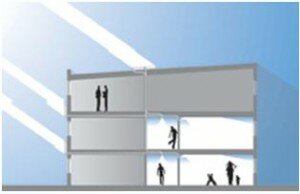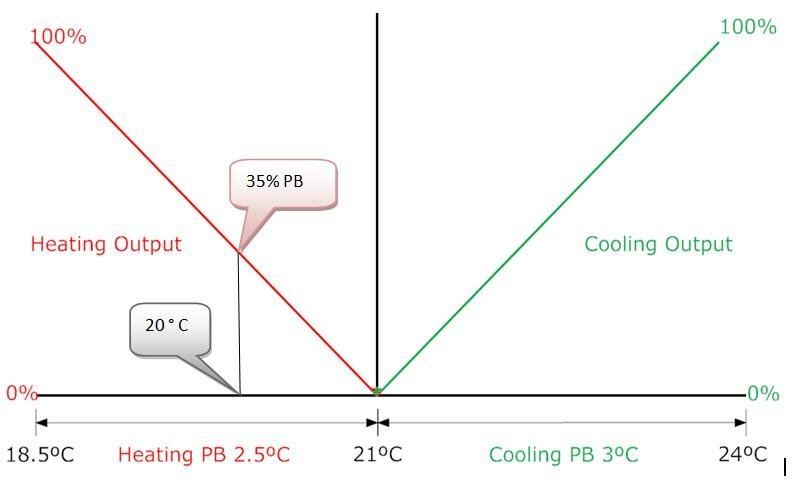Plasma Lighting update
Wednesday, May 6th, 2009A couple of months ago Barney wrote a post on this blog about plasma lighting – a form of cold cathode fluorescent lighting. They aren’t yet on the market, but I’ve managed to get hold of a couple. I’ve just installed these lights in my house, next to a window, above each end of a sofa often used for reading at night. So how have the plasma lights performed?
Considering that they only use 8 watts of power – as compared to the 55 to 65 watts used by a 50 watt halogen downlight – they have performed well. They are cheaper than the very high performance LEDs, but produce around the same amount of light. They start up quickly – unlike many CFLs. And if I wanted, I could have put them on a dimming circuit – unlike LEDs which generally aren’t designed for dimming. They are fully sealed, so there is no air movement through the fitting into the ceiling cavity. The light colour is acceptable, although it’s perhaps slightly too blue for my liking (I’ve installed cool white lamps). But the light colour is still much more comfortable than the harsh light of a 5000K daylight compact fluoro.
There is still a significant disadvantage, as compared with a 50 watt halogen though, which is the light output. When the white curtains in the window next to the lights are closed there is just enough light to read comfortably for long periods. But when the curtains are open at night the loss of reflection from the curtains is just enough to make the light not quite bright enough for me personally. I’d like it if they were a bit brighter. The lights are mounted roughly 2.2m above the floor, directly above each end of the sofa.
I reckon that the plasma downlight is better than an LED downlight for general lighting. Certainly we haven’t had the reliability problems or failures with the few that we have tested in the office and now at my home that we have had with LEDs. We’ve spent a small fortune buying expensive LED downlights only to see them fail shortly after install. For rooms such as toilets and bathrooms, where you want full brightness within a few seconds, the plasma lights are probably a better option to a compact fluoro, and may better handle frequent switching. I look forward to plasma lights coming onto the market, as they can make a valuable contribution to reducing energy consumption and greenhouse gaas emissions.





